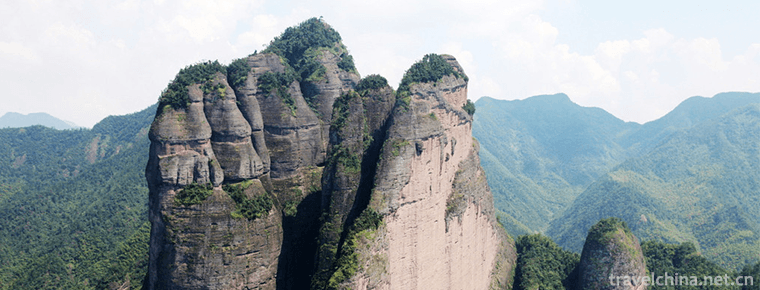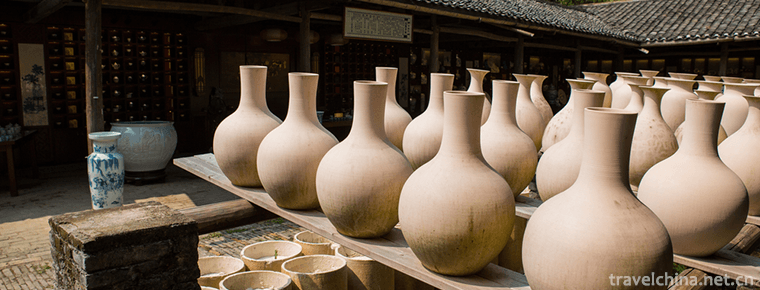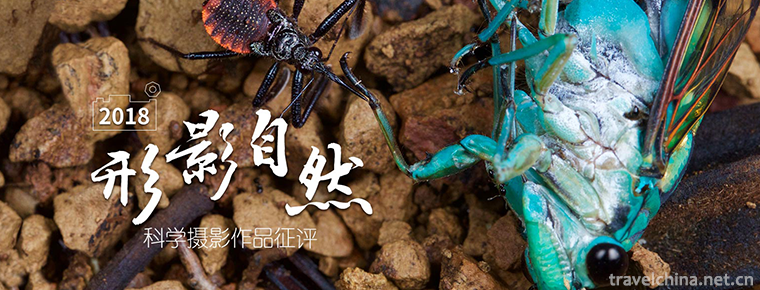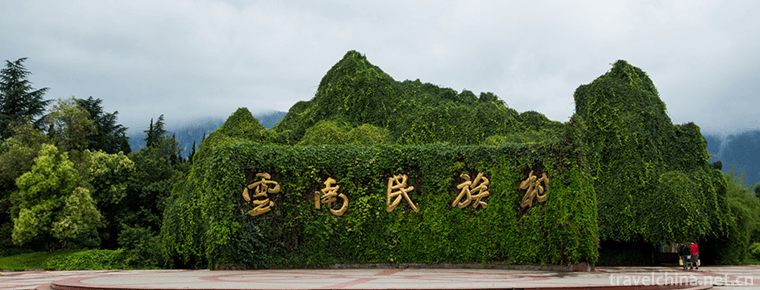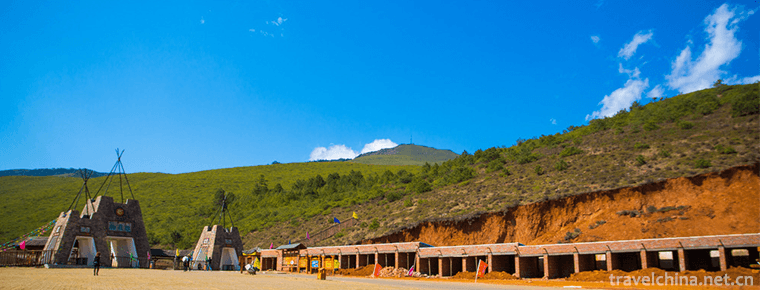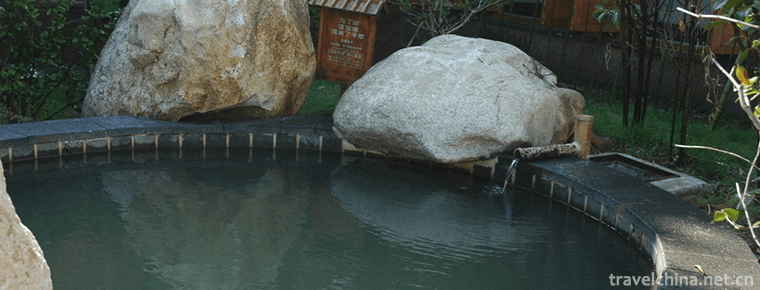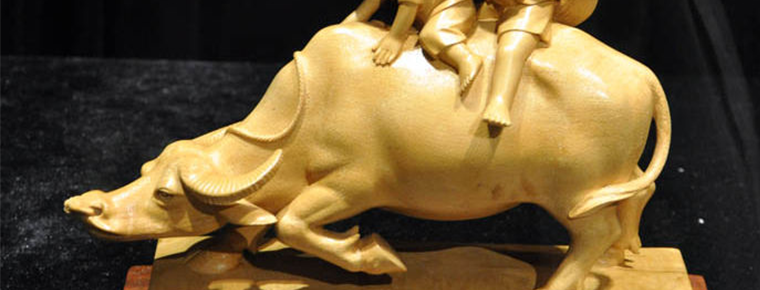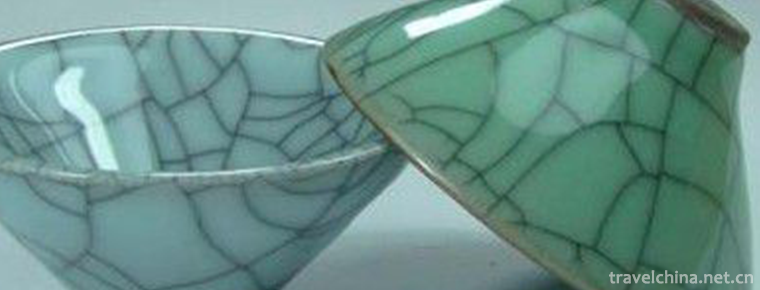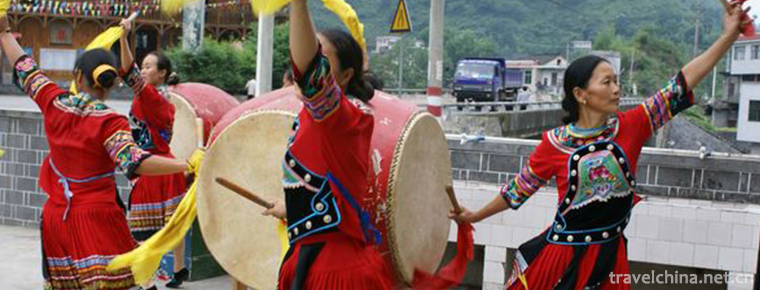Manufacturing Skills of Inside Lined 1000 Layer Cloth Shoes
Manufacturing Skills of Inside Lined 1000-Layer Cloth Shoes
Inline Shoe Shoe Shoe Shoe Shoe Shoe Shop was founded in 1853 in Xianfeng, Qing Dynasty. At first, it was specially designed for the royal family and officials at all levels to make 1000-floor Dynasty boots. The earliest shop was located in Dongjiang Mixiang, Beijing (today's Taiji Factory), and its founder was Zhao Ting. In the name of the shop, "inside" refers to the palace, while "Liansheng" implies that the boots made in the shop allow officials to wear them up to three consecutive levels. After the collapse of the Qing Dynasty, Liansheng used the skill of making official boots to make thousand-layer cloth shoes. Its quality was excellent and it was well-known in Beijing for a time.
Inline 1000-layer sole shoes have been manufactured by traditional handicraft methods, which are strict in technology, unique in technology, exquisite in material selection and exquisite in workmanship. Its technical characteristics can be summarized as "one high, four high", "one high", that is, high technological requirements, "four more" that is, more production processes, more patterns, more methods of shoe-spooning, more varieties of cloth shoes. It often takes four or five days to make a pair of thousand-layer cloth shoes. It takes more than 90 processes to complete. Each process has strict requirements. It pays attention to accurate size, skilled technique, appropriate strength and meticulous care. Among them, there are three different ways of shoe-making: positive, reverse and bright. There are nearly 40 kinds of tools used in the whole process of shoe-making. In addition to improving the production process, inline lifting also requires high quality of raw materials, accessories and accessories.
According to the season, age, gender, customs and other differences, Linsheng has created more than 1500 kinds and styles of cloth shoes products, and has carried out a comprehensive and effective excavation and collation of the traditional folk shoes culture in northern China. Its thousand-layer cloth shoes mainly include men's shoes, women's shoes, children's shoes, slippers, four series of products, with the advantages of foot care, comfort and so on, are welcomed by the vast number of consumers.
The technique of making inline thousand-layer sole shoes is inherited by the traditional mode of "master with apprentice". However, due to its complexity, difficulty and long learning time, apprentices need more than three years to become masters. Therefore, fewer and fewer people are learning this technique, and the inheritance is facing a great crisis, which requires attention from relevant parties.
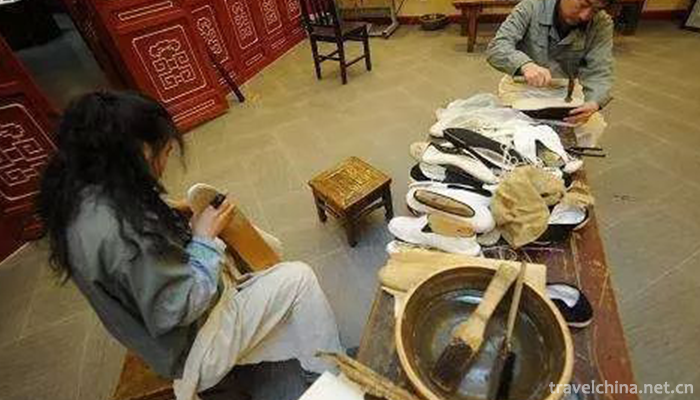
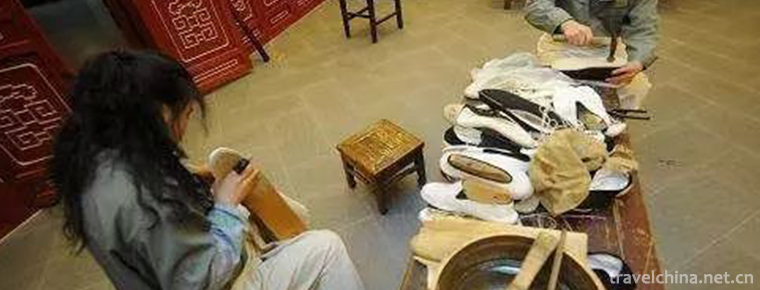
Manufacturing Skills of Inside Lined 1000 Layer Cloth Shoes
-
Jiang Lang Shan
Jianglangshan, formerly known as Yulangshan and Jinchunshan, is located in Shimen Town, Jiangshan City, Quzhou City, Zhejiang Province
Views: 221 Time 2018-12-07 -
Expo Area of Acient Kiln & Folk Cultures in Jingde
Jingdezhen Ancient Kiln Folklore Expo Area, located in Fengshu Mountain and Panlonggang, Changjiang District, Jingdezhen City, Jiangxi Province
Views: 536 Time 2018-12-08 -
Beijing Museum of Natural History
The Beijing Museum of Natural History is located in the overpass area on the central axis of the capital's southern city. It is backed by the Tiantan Park, a world cultural heritage
Views: 142 Time 2018-12-15 -
Yunnan Nationalities Village
Located in the southwest suburb of Kunming City, Yunnan Province, Yunnan Ethnic Village covers 89 hectares. It is a window reflecting and displaying the social and cultural customs
Views: 133 Time 2018-12-22 -
Gesara Ecotourism Scenic Area
Gesala Ecotourism Area is located in Yankou Township, Waluo Township, Hot Spring Township and Qinghe Township in the northwest of Yanbian County, Panzhihua City. It is located at the junction
Views: 133 Time 2019-01-12 -
Guan Tang hot spring
Guantang Hot Spring is located in Tangtou Town, Linyi City, Shandong Province, on the East Bank of Yihe River. The hot spring covers an area of nearly 260 Mu and has a construction area of 100,000 squ
Views: 213 Time 2019-01-13 -
Tanxi Mountain Scenic Area
Tanxi Mountain Tourist Area: National AAAA Tourist Area, National Forest Park, National Geopark, National Water Conservancy Scenic Area and Key Scenic Spots in Shandong Province.
Views: 239 Time 2019-02-13 -
Boxwood carving
Boxwood carving is one of the traditional folk carving arts in Zhejiang Province. It uses boxwood as carving material and uses the natural form of boxwood, which is smooth, delicate in texture and sol
Views: 182 Time 2019-05-04 -
Firing Techniques of Wuzhou Kiln Ceramics
The traditional firing technique of Wuzhou kiln is a local traditional handicraft technique in Zhejiang Province. Wuzhou kiln is located in Tiedian Village, Langya Township, Jinhua City. Jinhua was na
Views: 138 Time 2019-06-30 -
Encouragement of Miao Nationality in Western Hunan
Encouraged by the Miao people in Western Hunan Province, the traditional dance of Tujia and Miao Autonomous Prefecture in Western Hunan Province is one of the national intangible cultural heritage.
Views: 253 Time 2019-07-03 -
Beijing Institute of Fashion Technology
Beijing Garment College was founded in February 1959, formerly known as Beijing Textile Technology College. In July 1961, it was renamed Beijing Chemical Fiber Engineering College. It was a key univer
Views: 354 Time 2019-09-06 -
Guangyuan natural resources
There are more than 4700 water conservancy projects in Guangyuan City, including 6 medium-sized reservoirs and 558 small reservoirs. There are 1.583 million mu of water area, 6.867 billion cubic meters of water resources and 1 billion cubic meters
Views: 346 Time 2020-12-15
